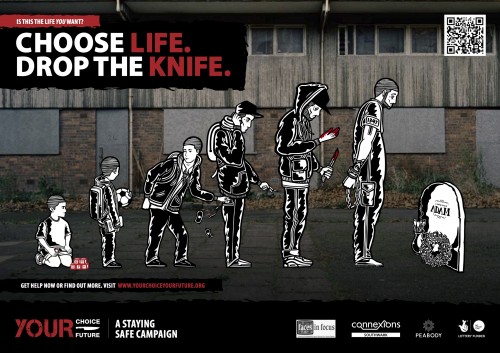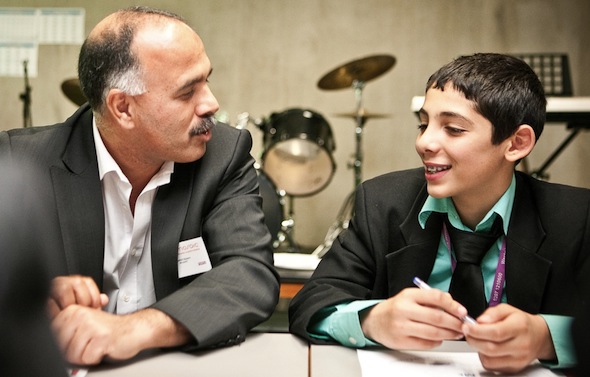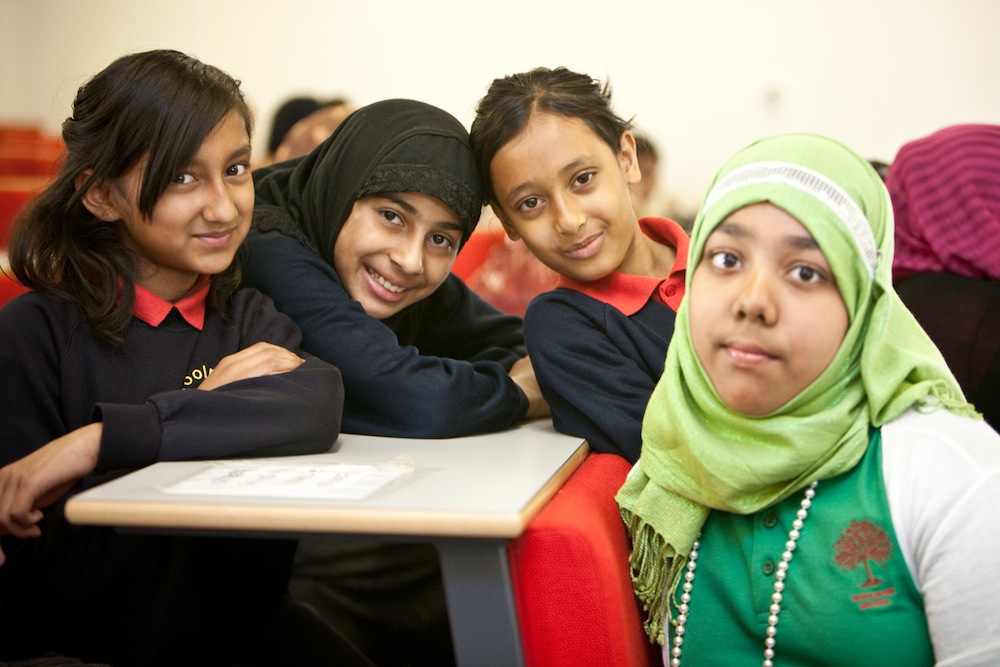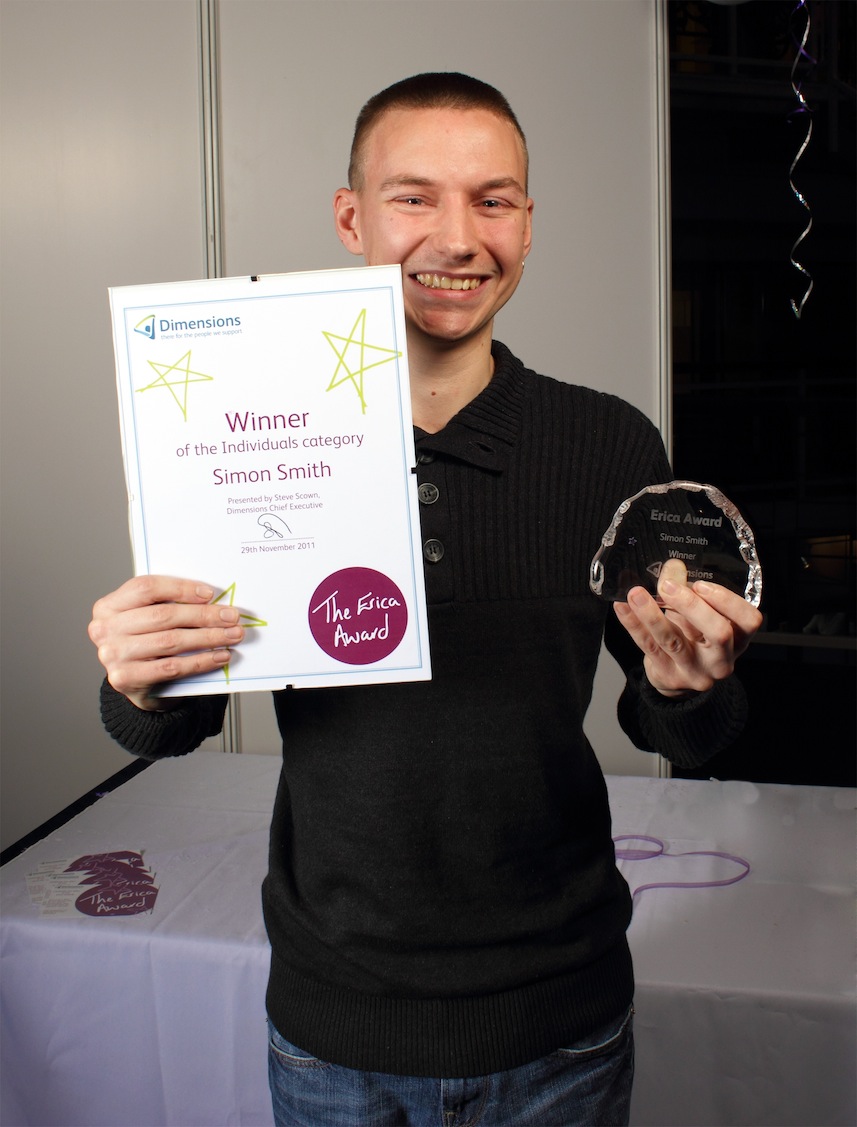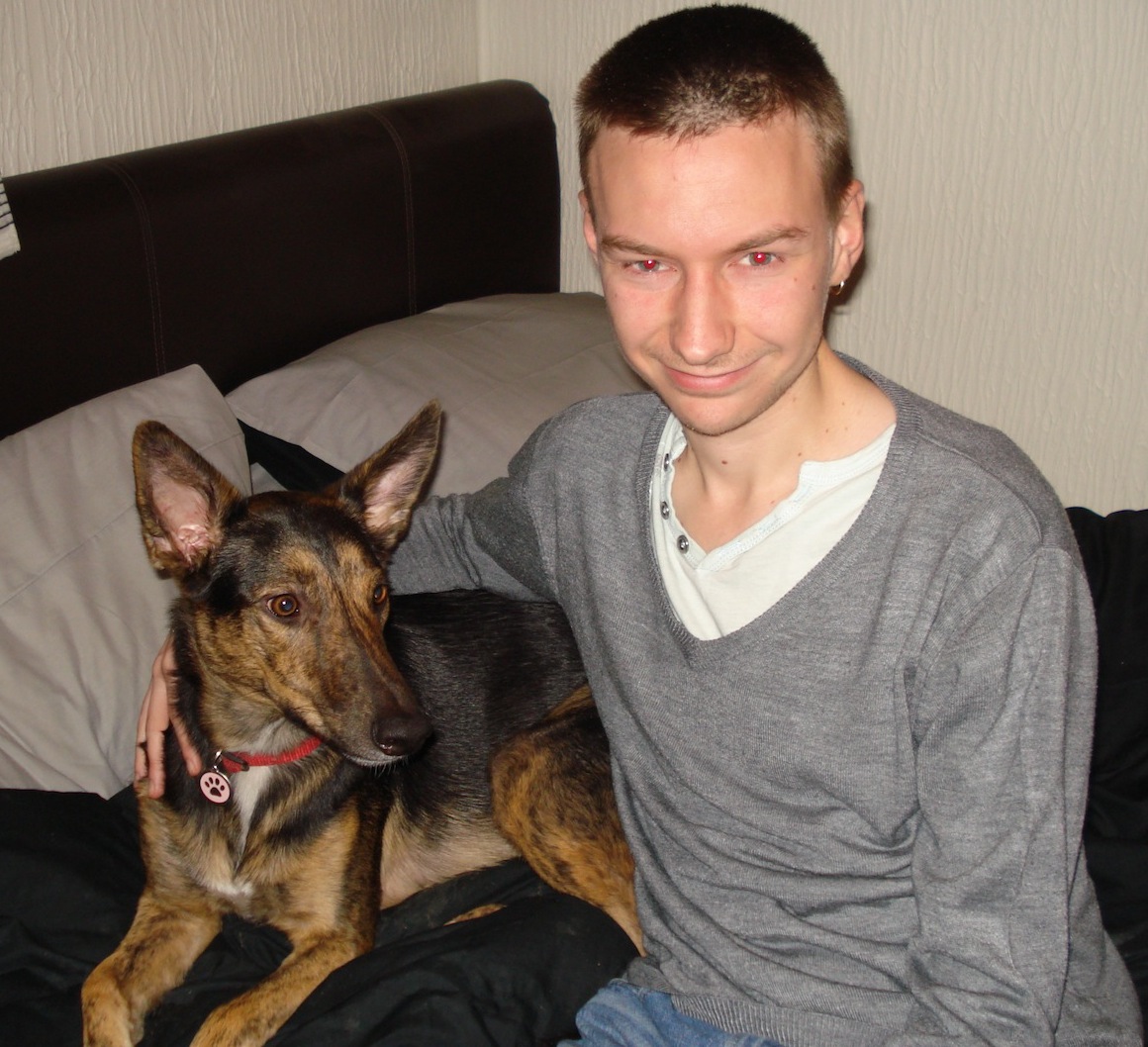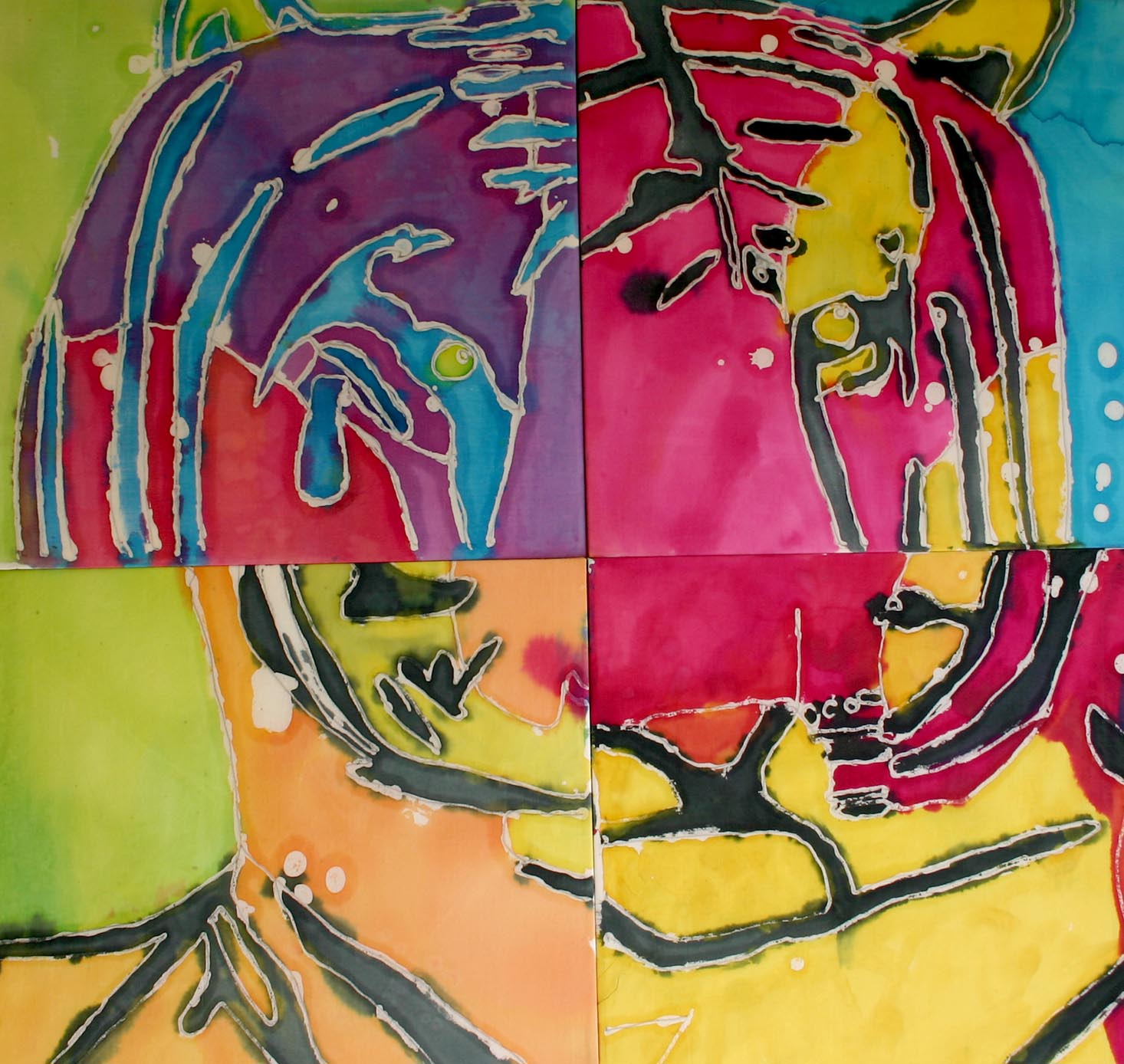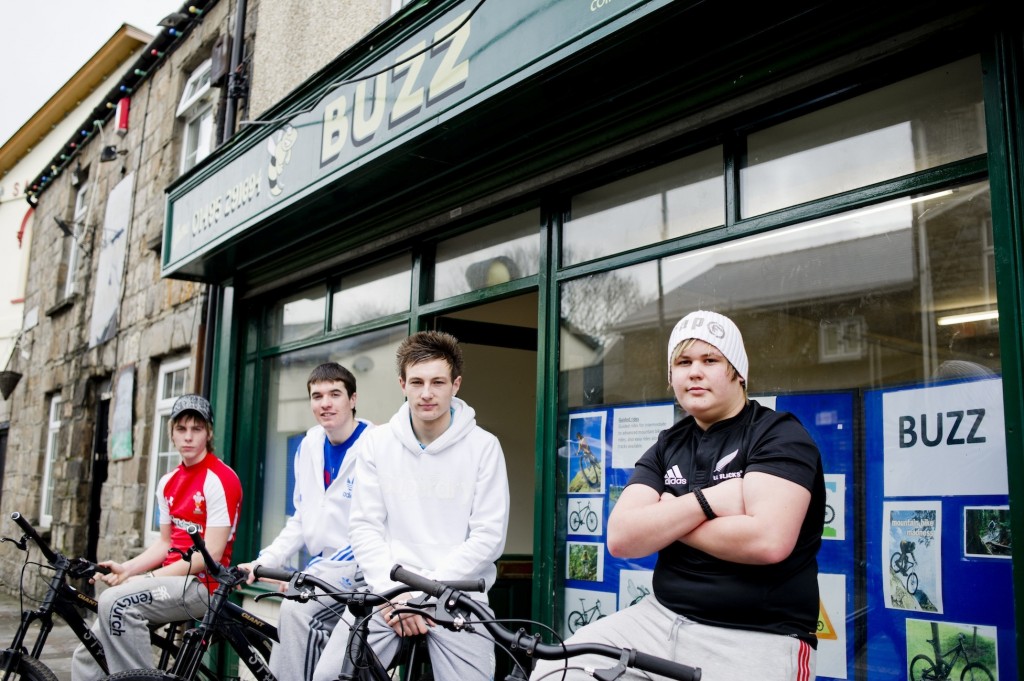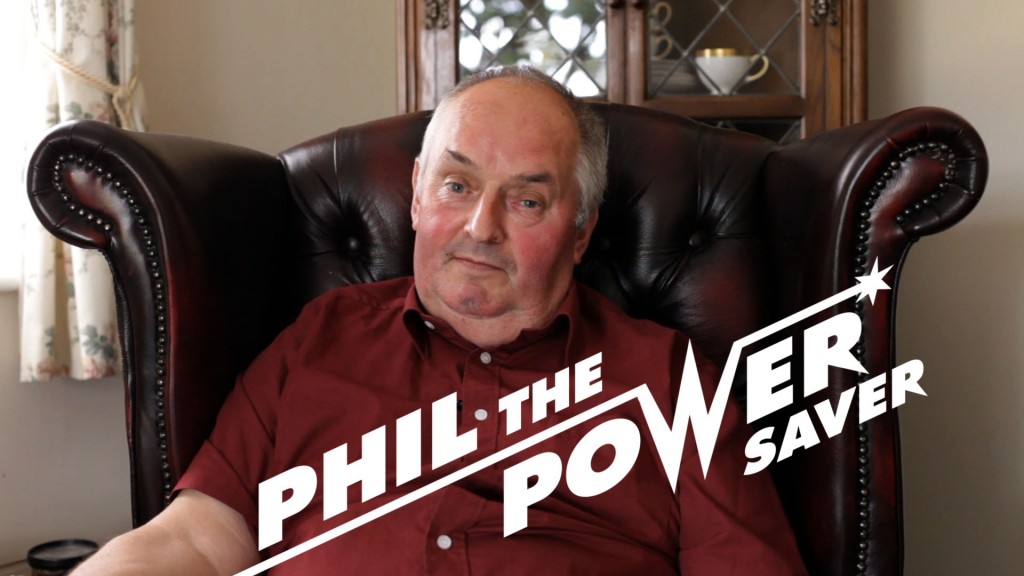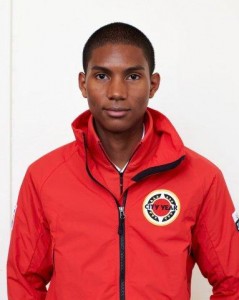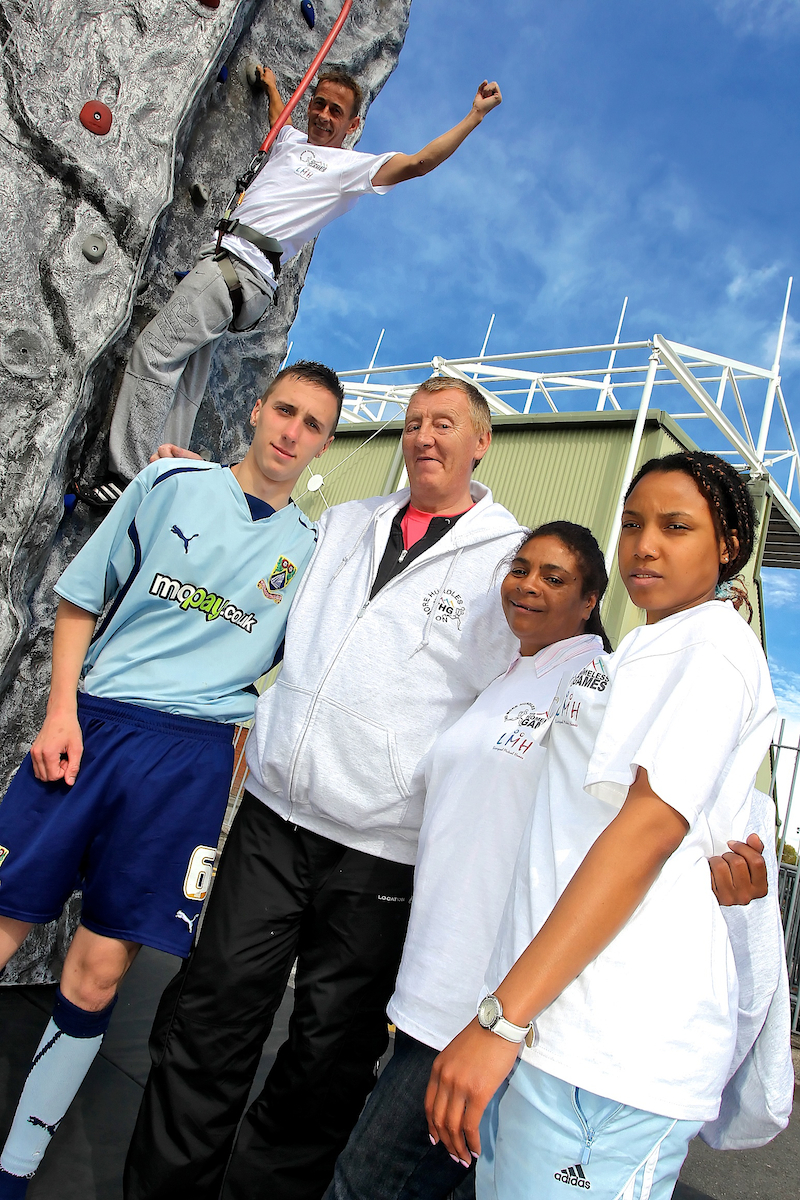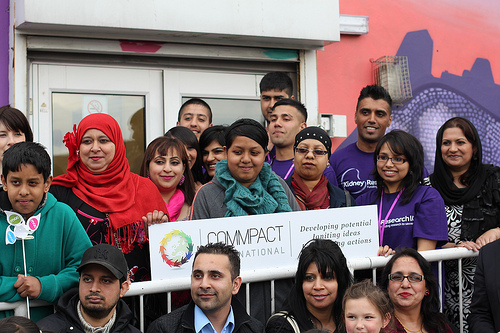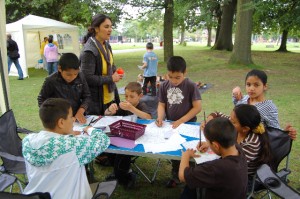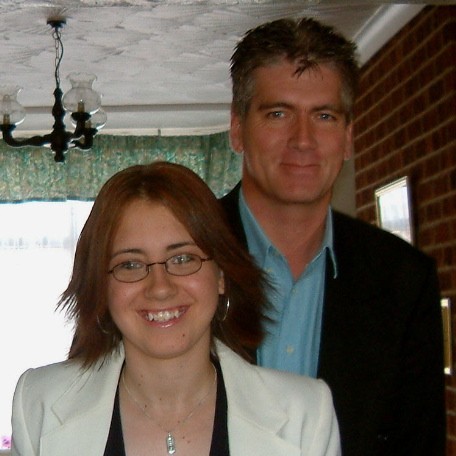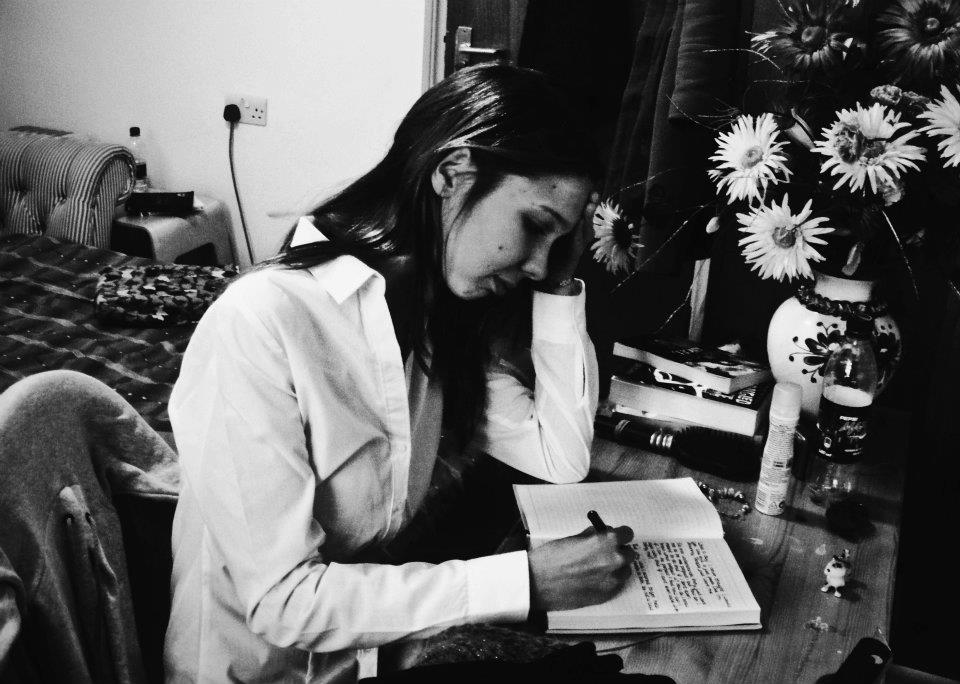Positive mental health promotion should start in schools and we should teach all our children to be more mentally resilient. This approach means that, as adults, they will face the world with more confidence and have empathy and compassion for others. Currently 1 in 10 – or around 850,000 – children and young people are diganosed with a mental health problem, according to the charity Young Minds.
Research from Warwick University last week suggests that children involved in bullying – as both a victim and a bully – are three times more likely to have suicidal thoughts by the time they reach 11-years-old.
Four years ago when I worked for the Tees, Esk and Wear Valleys NHS Foundation Trust, myself and a non-clinical colleague, Marjorie Wilson, who worked in the Information Department, created a storytelling-based approach to mental health for use in primary schools.
We based our idea on Virginia Ironside’s book The Huge Bag of Worries. It seemed the perfect choice to deliver a powerful message in a creative and interactive way. Our Huge Bag of Worries Emotional Health and Wellbeing Project aimed to highlight the detrimental impact of bullying on a child’s emotional health and wellbeing and promote more understanding of mental health, thus challenging the stigma aspect.
Each session lasted approximately 45 minutes and we visited over 30 schools, fitting in at least four classes into the day
We started by introducing ourselves and asking the children what a nurse did. I then explained the role of a mental health nurse and we asked what the term “mental” meant? After a chat about this, Marjorie then read the book which we also had on a Power Point display so the children could see the beautiful graphics.
We then got a volunteer from the class to put balloons – each of them representing a worry – into a large, colourful sack one by one as we recalled the story’s key messages. The child then walked up and down with the bag to show how difficult it was to carrying around your worries.
We tried to emphasise that you don’t need to carry around your worries and often we have to take each worry out and hand it to our parents or teachers. Children don’t often realise they don’t have to be burdened by adults’ worries.
We specifically highlighted bullying as a worry and what we could all do to prevent and deal with this. At the end of the day 25 children, five from each class, would line up in the playground and one by one they would release the helium balloons. The rest of the school and the parents would stand around in a large circle and watch. Everyone would clap and cheer – that was one of the highlights of our day.
The project was funded for a year but we went on to deliver it voluntarily for a further two years. We still deliver it now voluntarily.
The project was successful as the book carries a simple yet powerful message. It has beautiful graphics and words and we used colourful materials in an informal, creative approach.
It seemed to resonate well with pupils in their final year of primary school who were apprehensive about starting a new school. We also found many of the children were also less judgemental and had far fewer preconceived ideas around mental health than adults.
The children would often say who their best friends were and that they would talk to them if they were being bullied or felt stressed. This was quite touching. One school had a “friendship bench” in the playground that a child could go and sit on if they felt alone so that others would know this and play with them.
We met a number of children who were caring for parents with ongoing mental health issues. Often, they enjoyed their caring roles and in a way they felt proud of what they were doing. I feel our project helped them to ‘normalise’ their circumstances and showed the other children in the class that because mental health affects one in four of us, they were not so different to their classmates.
The path to positive mental health and the shattering of stereotypes and stigma can start in the classroom and children. While the government’s new mental health strategy, No health without mental health, promotes more teaching of mental strength, or “resilience”, in schools so children grow up better prepared to face the stressors of the world, the caveat is that there will be no extra money to fund this.

